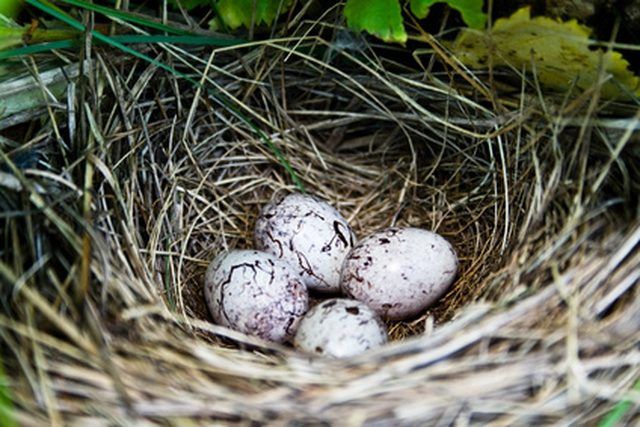Bulbs
Flower Basics
Flower Beds & Specialty Gardens
Flower Garden
Garden Furniture
Garden Gnomes
Garden Seeds
Garden Sheds
Garden Statues
Garden Tools & Supplies
Gardening Basics
Green & Organic
Groundcovers & Vines
Growing Annuals
Growing Basil
Growing Beans
Growing Berries
Growing Blueberries
Growing Cactus
Growing Corn
Growing Cotton
Growing Edibles
Growing Flowers
Growing Garlic
Growing Grapes
Growing Grass
Growing Herbs
Growing Jasmine
Growing Mint
Growing Mushrooms
Orchids
Growing Peanuts
Growing Perennials
Growing Plants
Growing Rosemary
Growing Roses
Growing Strawberries
Growing Sunflowers
Growing Thyme
Growing Tomatoes
Growing Tulips
Growing Vegetables
Herb Basics
Herb Garden
Indoor Growing
Landscaping Basics
Landscaping Patios
Landscaping Plants
Landscaping Shrubs
Landscaping Trees
Landscaping Walks & Pathways
Lawn Basics
Lawn Maintenance
Lawn Mowers
Lawn Ornaments
Lawn Planting
Lawn Tools
Outdoor Growing
Overall Landscape Planning
Pests, Weeds & Problems
Plant Basics
Rock Garden
Rose Garden
Shrubs
Soil
Specialty Gardens
Trees
Vegetable Garden
Yard Maintenance
Identification of Bird Eggs by Color
Identification of Bird Eggs by Color. The main color and any markings are two vital things to look at if you're trying to identify a bird egg. It's not easy as the Royal Alberta Museum website notes bird eggs come in nearly every single "color of the rainbow."

The main color and any markings are two vital things to look at if you're trying to identify a bird egg. It's not easy as the Royal Alberta Museum website notes bird eggs come in nearly every single "color of the rainbow."
Markings
While many bird's eggs will have one solid color, such as the blue of the American robin, others will have series of blotches, dots, speckles or other markings that are typical of a certain species. Blue jays, for example, have greenish eggs covered with brown spots, while the black-capped chickadee produces a speckled egg. The white eggs of the white-breasted nuthatch have abundant red-brown speckles, according to the "National Audubon Society Field Guide to Birds." The eggs of the ferruginous hawk have a series of blotches on them.
Location
Sometimes the markings on a bird's egg have a much higher concentration on one particular end. An example would be the eggs of the mountain chickadee which, when they do have red-brown dots, have many more on the larger end of the egg.
Considerations
Birds that nest in cavities in trees, such as kingfishers, owls, swallows and many types of woodpeckers, will usually lay eggs that are all or mostly white. The reason for this is to allow the parent birds to find the eggs in the dark hole more easily, notes the Royal Alberta Museum site..